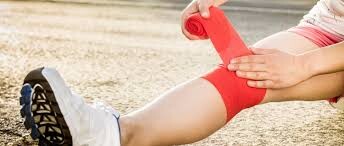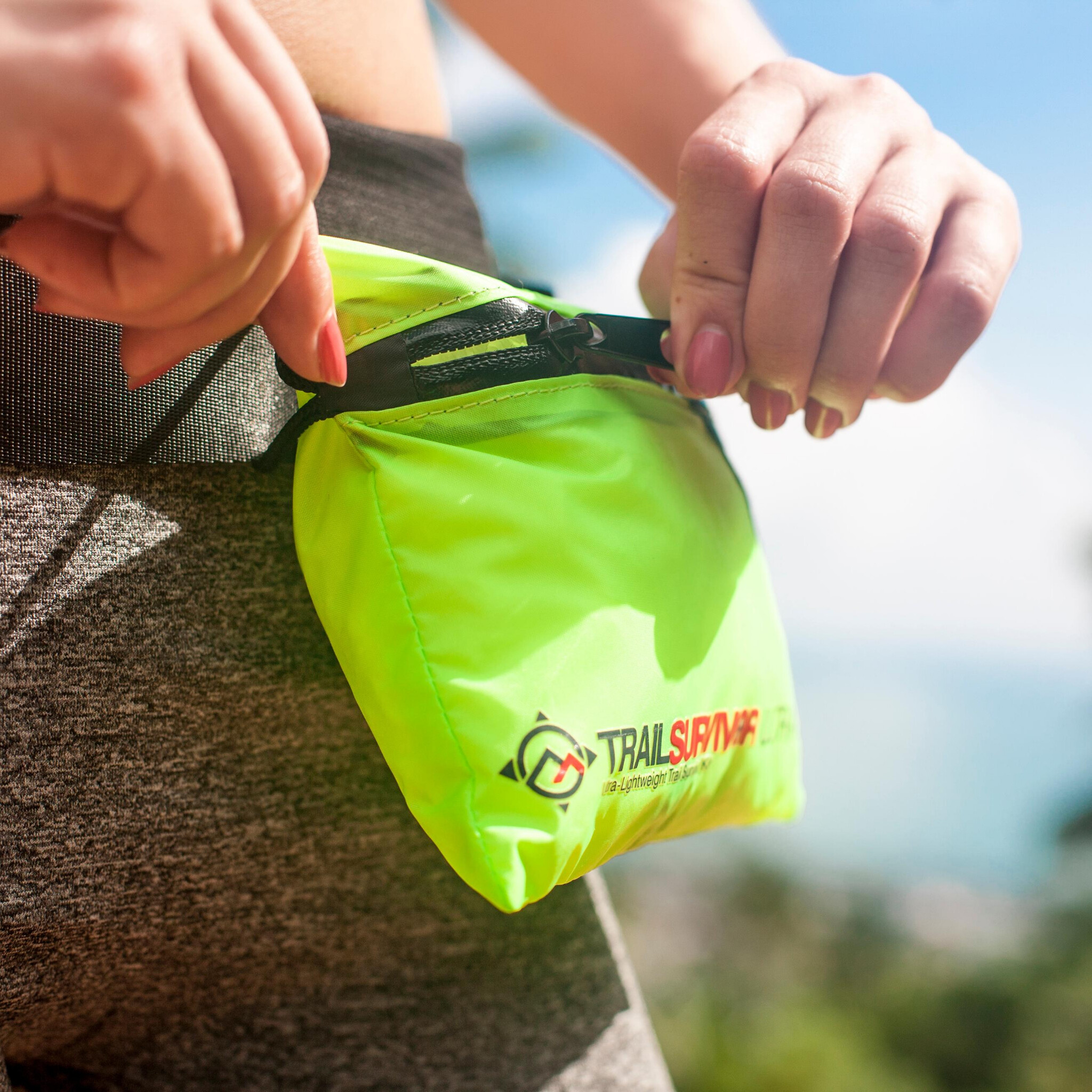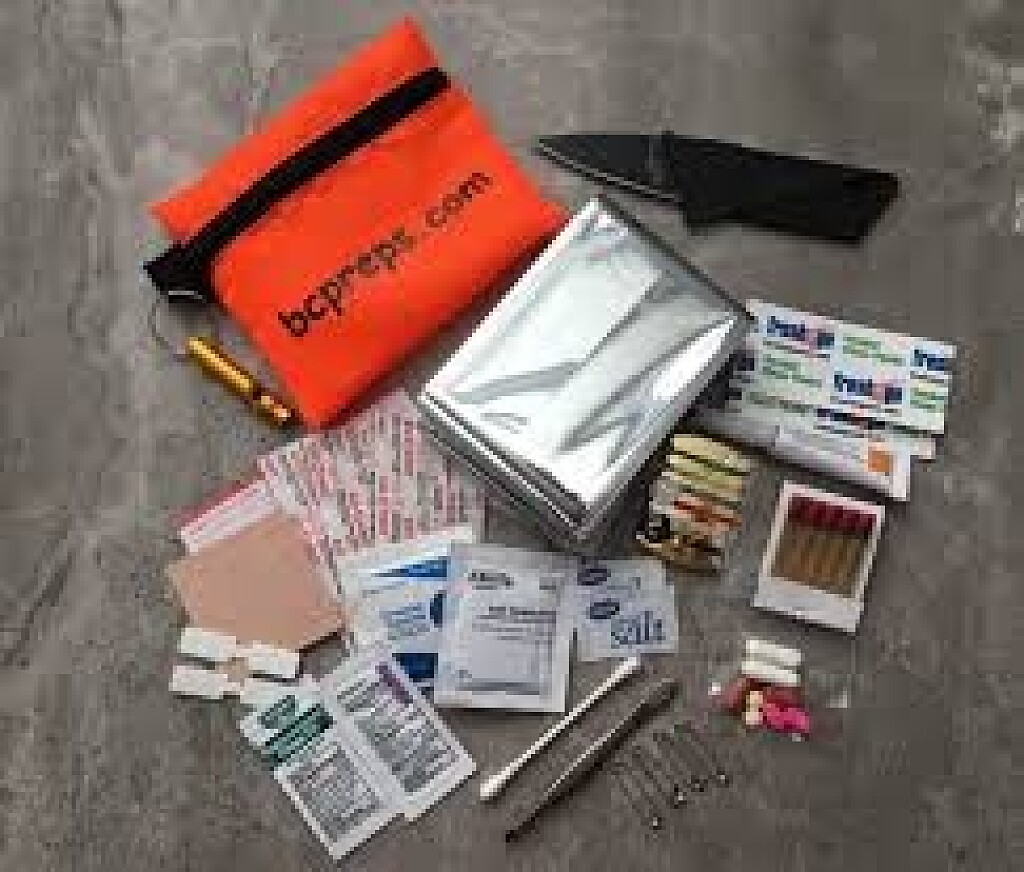Running News Daily
Running News Daily is edited by Bob Anderson. Send your news items to bob@mybestruns.com Advertising opportunities available. Train the Kenyan Way at KATA Kenya and Portugal owned and operated by Bob Anderson. Be sure to catch our movie A Long Run the movie KATA Running Camps and KATA Potato Farms - 31 now open in Kenya! https://kata.ke/
Index to Daily Posts · Sign Up For Updates · Run The World Feed
How to create a runners first aid kit
Most runners are familiar with the term “runner’s high”, which is often used to describe the feeling one gets right before an amazing race. However, this term is also appropriate for describing something entirely different: putting together a first aid kit for runners.
A runner’s first aid kit is commonly neglected because it seems like they’re mostly filled with band-aids and sports creams, but they’re actually brimming with potential injuries that could be common in runners. In this article, let’s share ways to create a first aid kit.

Get an up-to-date first-aid manual
If you are into running, then it is possible that at one point in time or another you may get yourself injured. It’s the nature of the activity, and there isn’t much we can do about it. But what we can do is ensure that if we get injured, we have a way to fix ourselves up without too much fuss. And for this, the best way to ensure that you are covered is to have a first-aid kit around.

The hardest part about creating a first aid kit of your own is getting your hands on some good-quality equipment and supplies. The first step towards building your kit is to get an up-to-date first-aid manual that can provide you with all types of information about how to handle yourself in case of an emergency.
Brace and support supplies
Braces and support supplies like orthopedic tape and Kinesiology Taping (KT Tape) can be really useful in the treatment of running injuries. As a runner, you know how important it is to be able to provide first aid for yourself when you get injured during your run, whether that’s on a trail or on the road.
As a runner, you might have seen orthopedic tape and braces in a drugstore or pharmacy, but did you know what they’re for?
Orthopedic tape is great when it comes to injuries like sprains. It can help keep body parts in place. Simply, orthopedic supplies provide support to weak or sore muscles. It helps decrease pain and swelling when you get injured by providing support to the area of injury. You can use it for everything from preventing blisters, to helping with sprains, strains, and other common running injuries.
Add a list of emergency phone numbers
Adding a list of emergency phone numbers when creating a first aid kit for runners can be helpful in some circumstances. You can start this list with the phone number of the closest hospital or medical center, and then add other numbers based on personal preferences. It is important to keep in mind that runners will be carrying these numbers with them wherever they go while running.
Don’t forget antiseptic wipes
When a runner is training for a race, they may notice soreness and swelling on their feet. It is important to have first aid supplies on hand in case of an injury. A well-stocked first-aid kit for runners includes bandages, antiseptic wipes, and antibiotic ointment. Antibiotic over-the-counter creams such as Neosporin can be purchased at any pharmacy or drugstore.
A simple way to remember what a runner should put in a first aid kit is ‘ABC.’ This means antiseptic wipes, bandages, and antibiotic ointment. Antiseptic wipes are not only useful for cleaning small cuts, but also preventing infection on blisters.
Aids for Prevention of Abdominal Cramps for Runners
When creating a first aid kit for runners, runners should consider including aids for the prevention of abdominal cramps for runners, as well as other items that may be needed during a run.
Most kits also include pain relievers or analgesics such as ibuprofen or aspirin and tape, gauze, and antiseptic wipes to treat minor scrapes and blisters. Adding aids for the prevention of abdominal cramps to a first aid kit may help ensure that there is a relief for this issue during runs.
Abdominal cramps are one of the most common reasons why people stop running in the middle of a run, especially if they ignore them at first, thinking that they will go away.
Painkillers
Running takes it out of the body, and painkillers are important to help control discomfort afterward. While taking them unnecessarily can be harmful to health, they’re vital for recovering safely after a run.
The most common painkillers include ibuprofen and paracetamol. Ibuprofen is better for inflammation but can cause gastrointestinal discomfort in some people. Paracetamol has fewer side effects in general, however, it may not be strong enough to reduce certain types of pain.
There are many first aid supplies that are useful for runners to have on hand when they travel. A well-stocked first-aid kit for runners should include bandages, antiseptic wipes, and antibiotic ointment. It is also important to add a list of emergency phone numbers and lists of dietary supplements and medications.
by Colorado Runner
Login to leave a comment




